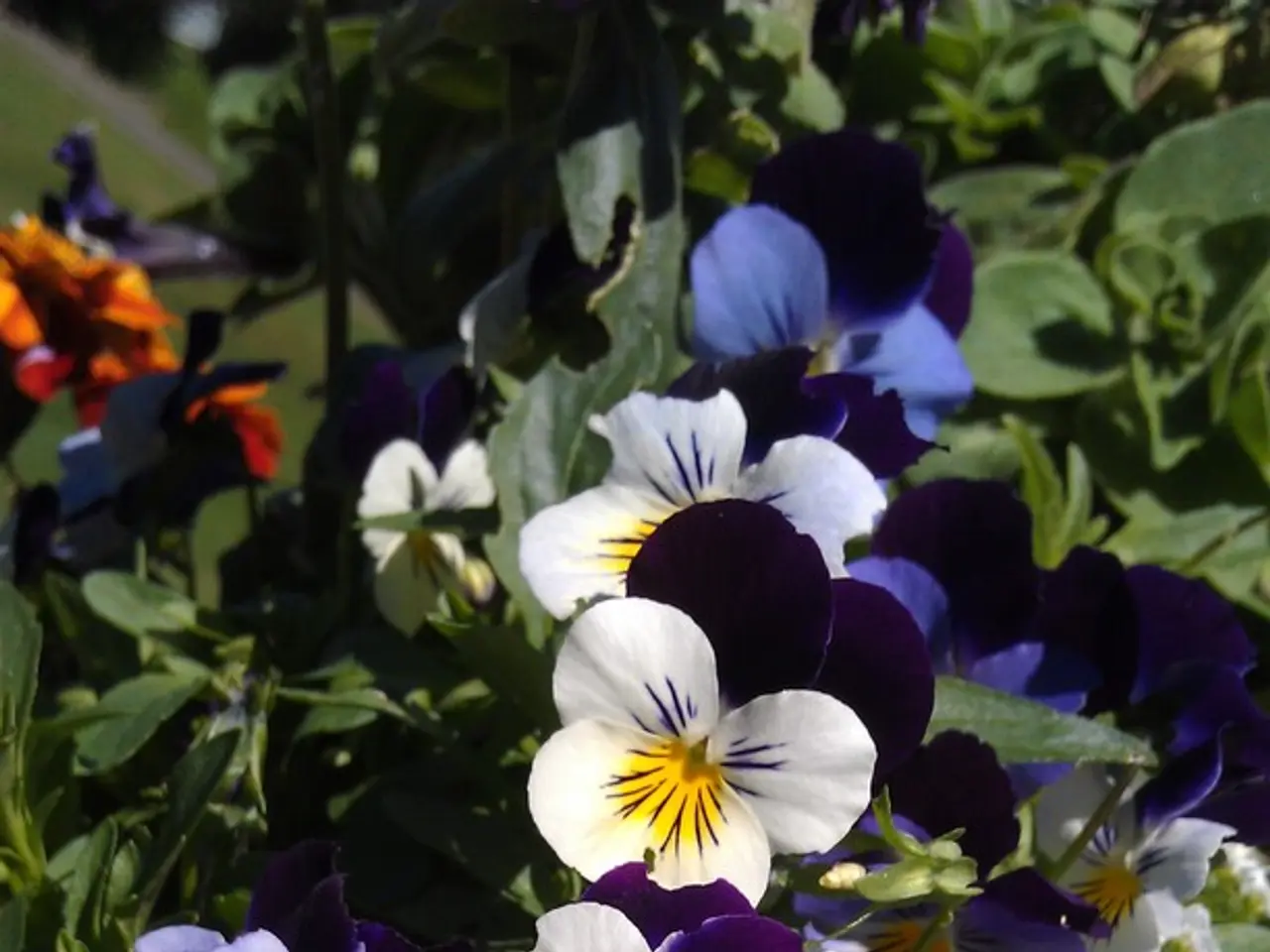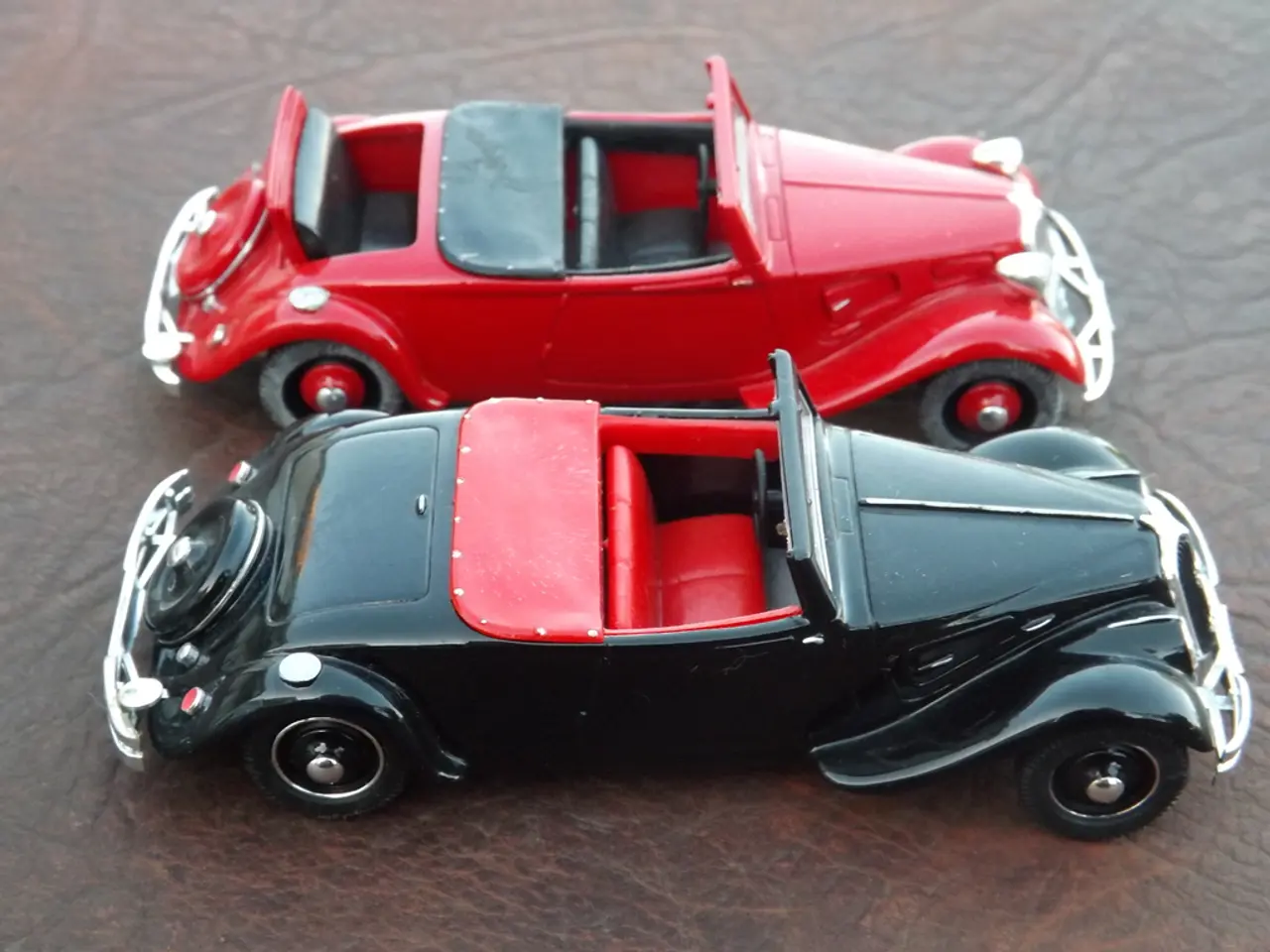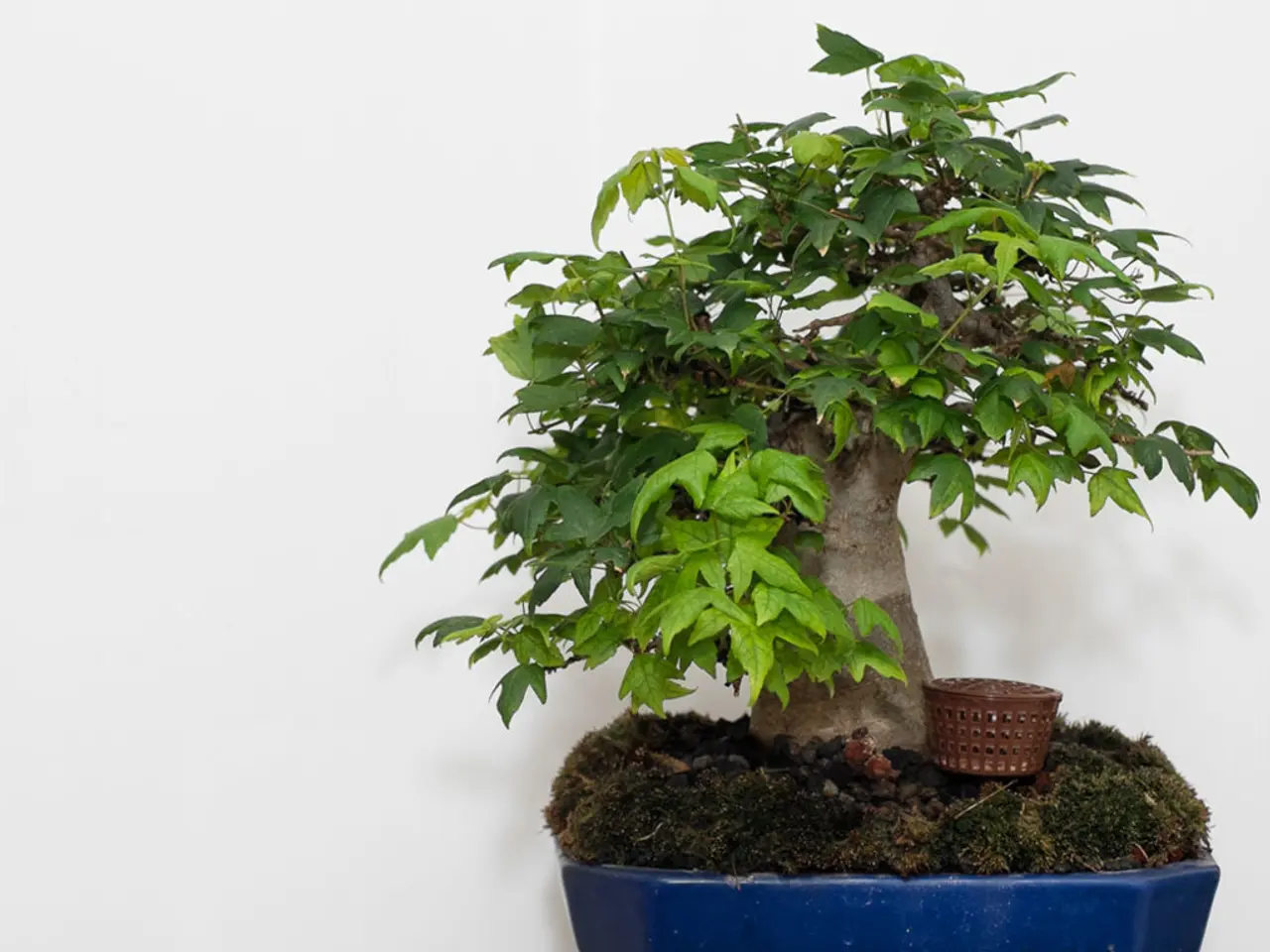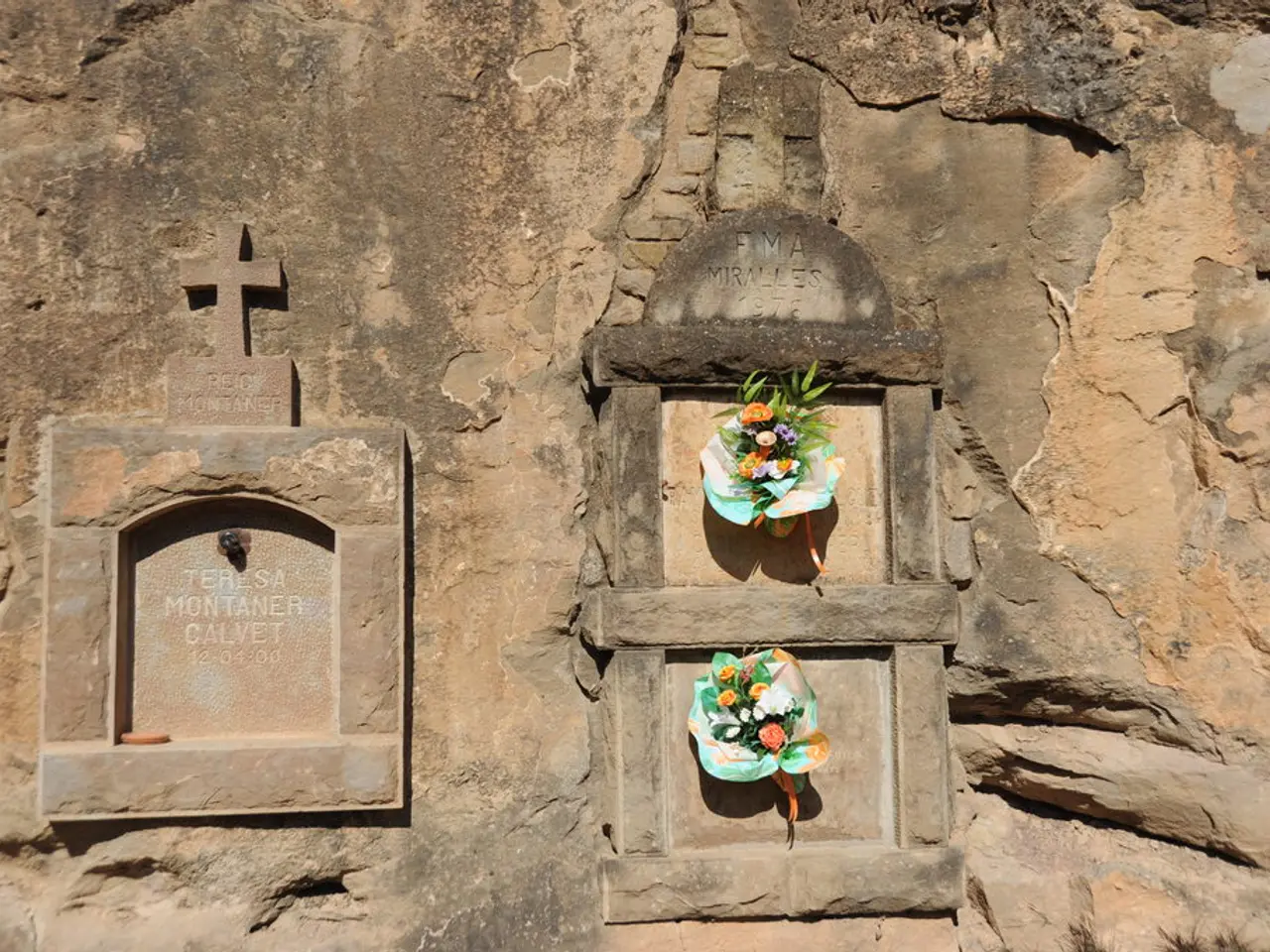Top 10 Flowering Perennials That Thrive When Sowed in the Fall
Fall is an ideal time for gardening enthusiasts, as it offers the perfect conditions for planting a variety of perennials that thrive in cooler weather. These plants not only extend color and interest beyond summer but also benefit from warm soil and reduced heat stress.
Blooming in Autumn
Some of the best perennials to plant in the fall include chrysanthemums (mums), Japanese anemones, turtlehead, Russian sage, asters, coneflowers, sedums, and salvias. These plants flourish in fall, providing a spectacle of colors.
- Chrysanthemums are iconic fall bloomers that thrive in cooler weather and well-drained soil, offering warm autumn colors.
- Japanese anemones produce elegant, airy blooms in fall and do well in a variety of sites, including shaded borders.
- Turtlehead blooms from August through October, thrives in moist to damp soil, and attracts pollinators like hummingbirds.
- Russian sage blooms from midsummer to fall, thrives in full sun and dry, poor soils with good drainage, making it drought tolerant.
- Asters, coneflowers, and sedums are also excellent fall bloomers used for borders and mass plantings, known for extended color.
- Salvias can be planted in late summer or early fall, blooming in autumn especially in milder climates.
Planting Specific Perennials
Black-Eyed Susans
These vibrant flowers bloom from mid-summer to fall and are planted in fall to establish roots more effectively. Adding a slow-release, balanced fertilizer during planting supports the growth of Black-Eyed Susans.
Hellebores, Coral Bells, Mini Daffodils, Coneflowers, and Shasta Daisies
These perennials can be planted in fall for optimal growth and blooming. Hellebore is a perennial that blooms early in winter to early spring, with cup-shaped flowers in various colors. It grows best in fall because the cooler temperatures and increased moisture in the soil help it establish roots more comfortably.
Mini Daffodils are compact perennials with bright yellow flowers that bloom in early spring. They grow best in fall because the cooler temperatures and moist soil conditions are ideal for their growth. Shasta Daisies have large, white daisy-like flowers with bright yellow centers. They grow best in fall because the moderate fall temperatures and increased soil moisture support their establishment.
Coneflowers, or Echinacea, have daisy-like flowers with prominent central cones and come in various colors. They benefit from fall planting as the cooler fall weather and consistent moisture provide the perfect environment for their initial growth phase.
Russian Sage
Russian Sage prefers well-drained soil with full sun exposure and requires minimal watering once established. Plant Russian Sage in early to mid-fall for the best results.
Coral Bells (Heuchera)
Coral Bells have vibrant foliage and delicate bell-shaped flowers. They grow best in fall due to the mild temperatures and consistent moisture during the fall season. They prefer a sheltered location to protect them from harsh winds.
Caring for Your Fall Plants
To maximize late-season blooms, gardeners should work compost into soil for nutrients and better drainage, pinch back certain plants in spring to encourage branching and delay flowering to fall, provide consistent watering through summer, and fertilize appropriately.
For specific care instructions, consider the following:
- To care for Hellebores in the fall, ensure the soil remains moist but not waterlogged, and add a layer of mulch to help retain moisture and protect the roots.
- Mini Daffodils and Shasta Daisies need well-drained soil in a sunny spot, while Coneflowers require full sun exposure.
- Hellebores prefer well-drained soil in a spot that receives partial shade, while Coral Bells prefer a sheltered location to protect them from harsh winds.
Mulching and Protecting Bulbs
Mulch around the bulbs of Schubertii Allium to retain moisture and protect them from extreme cold.
Benefits of Fall Planting
Fall planting allows perennials to establish strong root systems before the winter frost sets in, ensuring they are ready to thrive when spring arrives. Many fall perennials are drought tolerant and adapted to conditions typical of autumn, such as cooler temperatures and shorter days. This results in healthier plants in the next growing season.
In summary, fall planting favors perennials that bloom in cooler weather and benefit from warm soil and reduced heat stress. Selecting species adapted to these conditions leads to vibrant autumn gardens that extend color and interest beyond summer.
- The spectacle of colors in your autumn garden can be further enhanced by planting chrysanthemums, Japanese anemones, turtlehead, Russian sage, asters, coneflowers, sedums, and salvias, as they all flourish in the fall and thrive in home conditions.
- If you're considering adding Black-Eyed Susans, Hellebores, Coral Bells, Mini Daffodils, Coneflowers, or Shasta Daisies to your home-and-garden, remember that planting them in the fall ensures optimal growth and blooming in the upcoming season, contributing to a lovely lifestyle in your home-and-garden.




